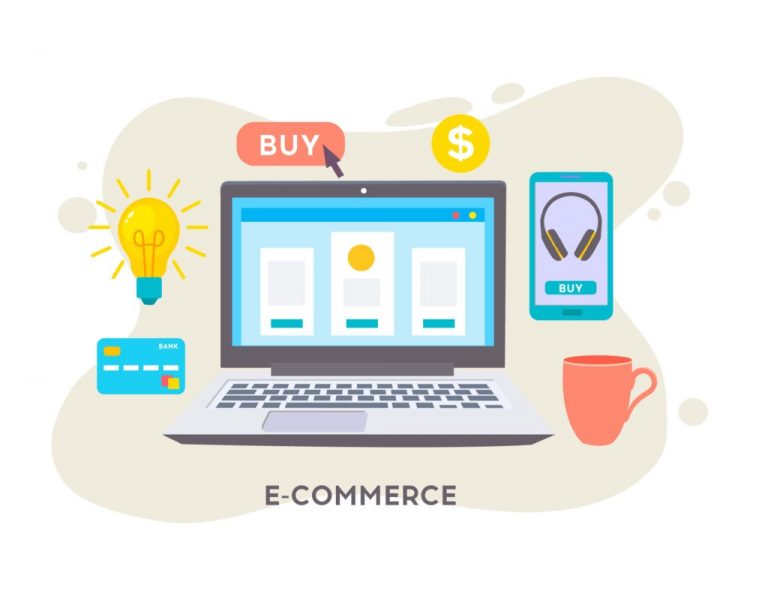WHAT IS E-COMMERCE?
Using the internet, and the transfer of money and data to execute these transactions. E-commerce is often used to refer to the sale of physical products online, but it can also describe any kind of commercial transaction that is facilitated through the internet.
Whereas e-business refers to all aspects of operating an online business, e-commerce refers specifically to the transaction of goods and services.
E-commerce has evolved to make products easier to discover and purchase through online retailers and marketplaces. Independent freelancers, small businesses, and large corporations have all benefited from e-commerce, which enables them to sell their goods and services on a scale that was not possible with traditional offline retail.

Types of Ecommerce Models
There are four main types of e-commerce models that can describe almost every transaction that takes place between consumers and businesses.
1. Business to Consumer (B2C):
When a business sells a good or service to an individual consumer (e.g. You buy a pair of shoes from an online retailer).
2. Business to Business (B2B):
When a business sells a good or service to another business (e.g. A business sells software-as-a-service for other businesses to use).
3. Consumer to Consumer (C2C):
When a consumer sells a good or service to another consumer (e.g. You sell your old furniture on eBay to another consumer).
4. Consumer to Business (C2B):
When a consumer sells their own products or services to a business or organization (e.g. An influencer offers exposure to their online audience in exchange for a fee, or a photographer licenses their photo for a business to use).

The Advantages and Disadvantages of E-commerce
E-commerce offers consumers the following advantages:
- Convenience: E-commerce can occur 24 hours a day, seven days a week
- Increased selection: Many stores offer a wider array of products online than they carry in their brick-and-mortar counterparts. And many stores that solely exist online may offer consumers exclusive inventory that is unavailable elsewhere
E-commerce carries the following disadvantages:
- Limited customer service: If you are shopping online for a computer, you cannot simply ask an employee to demonstrate a particular model’s features in person. And although some websites let you chat online with a staff member, this is not a typical practice
- Lack of instant gratification: When you buy an item online, you must wait for it to be shipped to your home or office. However, retailers like Amazon make the waiting game a little bit less painful by offering same-day delivery as a premium option for select products
- Inability to touch products: Online images do not necessarily convey the whole story about an item, and so e-commerce purchases can be unsatisfying when the products received do not match consumer expectations. Case in point: an item of clothing may be made from shoddier fabric than its online image indicates


 July 27, 2022
July 27, 2022 


